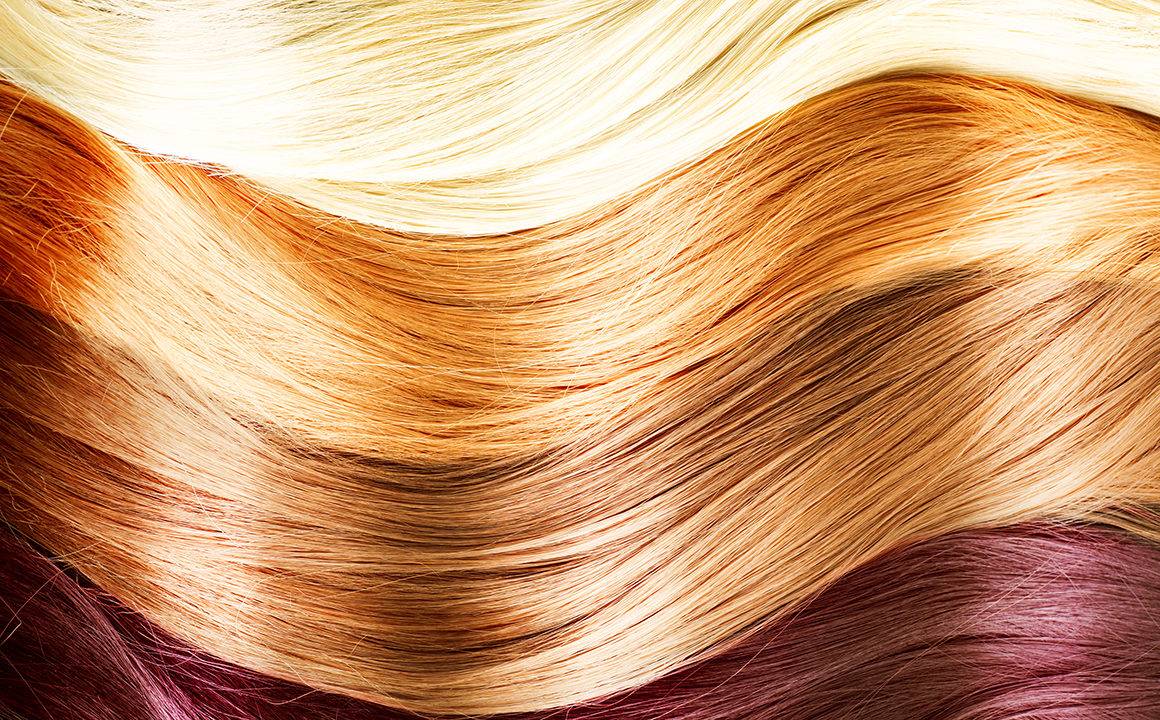Different Types of Hair Extensions and How Long They Last

There is a rise in the popularity of hair extensions in the fashion world, as opposed to before when they were mostly worn by people who had issues with their natural hair and would prefer something to cover it up.
Today, people use hair extensions to get a beautiful look that wouldn’t have been achievable with only their healthy natural hair. It also helps to fit in for special occasions.
Types of hair extensions
Generally, there are two major types of hair extensions ― real human hair and synthetic. The main difference between this two is how they are made. As the name implies, natural hair extensions are mostly derived from real human beings. There are rumours some of this natural hair are gotten from horses in Brazil. Well, that’s an isolated case.
On the other hand, synthetic hair extensions are made from plastic fibre specially manufactured to imitate real human hair.
Hair expert, Riqua Hailes, in her documentary titled ‘Just Extensions Hair’ revealed that in China, natural hair is blended with synthetic strands and then branded as Brazilian or Indian hair.
Even though the product looks great, it won’t last like real human hair. Real hair could last for almost 8-12 months based on the care routine employed by the wearer. But a synthetic will last for only about 3 months.
It is also worthy to state that generally, the life span of the hair aside from the care is also dependent on the user’s hair growth rate.
Natural hair can be classified into three based on how they are processed:
- Virgin hair: This is natural hair that maintains its properties. It is never processed with any chemical whatsoever. No chemical preservative treatment is applied to it.
- Remy hair: To a significant extent, it’s similar to natural hair but usually processed with certain chemical treatments. This type of hair is also distinct because it is collected from a single source.
- Composite: Unlike the Virgin and Remy, this hair consists of different hair types. Sometimes, it contains synthetic extension materials.
Different hair extension methods
The methods employed by professionals in attaching hair extensions to clients’ natural hair are mostly decided by personal preference. That is without neglecting the fact that the look you intend to achieve is also a contributing factor.
- Pre-bonded:
Popularly known as fusion, this method of attachment requires a professional to handle it. You don’t want to try any Do It Yourself (DIY) method here.
The extension is stuck with the natural hair using hot glue. It requires a lot of proper care to maintain.
The strand by strand method is an example. As part of this method, approximately 30 strands of hair are attached at an end of the natural hair. They are then glued using a warm bond or copper cylinders.
If done wrongly, it may affect your hair even after they are detached.
- Tape-in:
This is a common method of attachment. Some people do fix it themselves, but still, getting a professional service is recommended since you may not have a good overall view of your head while doing it.
If done in the right way, they look stunningly beautiful and blend naturally with your hair. Plus, they are easy to style to achieve different looks; thus, perfect for multiple uses.
- Clip-in:
This method is popular among people trying out extensions for the first time. It uses thin pins to clasp the hair extension to your natural hair.
How long they last depend on the time the pins remain in position. This also gives the advantage of being able to restyle, remove and refix time at will.
- Micro-ring:
For this method, small silicone beads or metal rings are used to attach the hair extension to your natural hair. This is why it is also called micro-bead and it requires the service of professionals and special tools to use.
The hair attachment can remain intact for a long time but some people prefer detaching it about a month later. A professional’s service would also be needed to remove it so you don’t damage your hair.
- Weave/sew-in:
This method is great for people with thick hair. The natural hair in this case is first braided to create a base for the hair extension.
With this method, you can have different colors of hair extension attached and weaved such that they appear as thou they are your typical hair.
It can last for about a month if well cared for. Using natural hair instead of synthetic can also increase how long it could last.





Leave a Comment